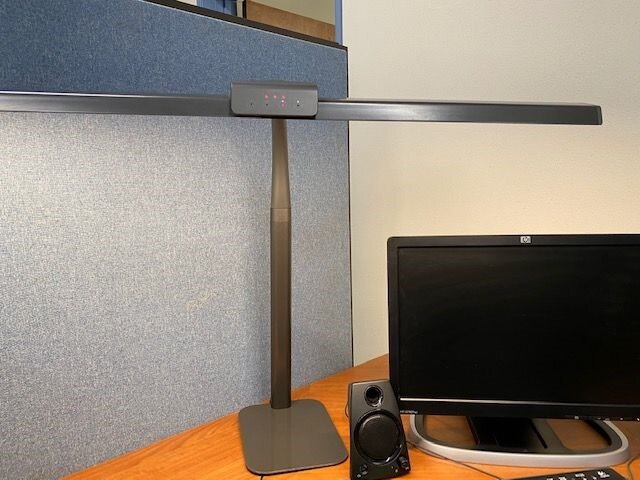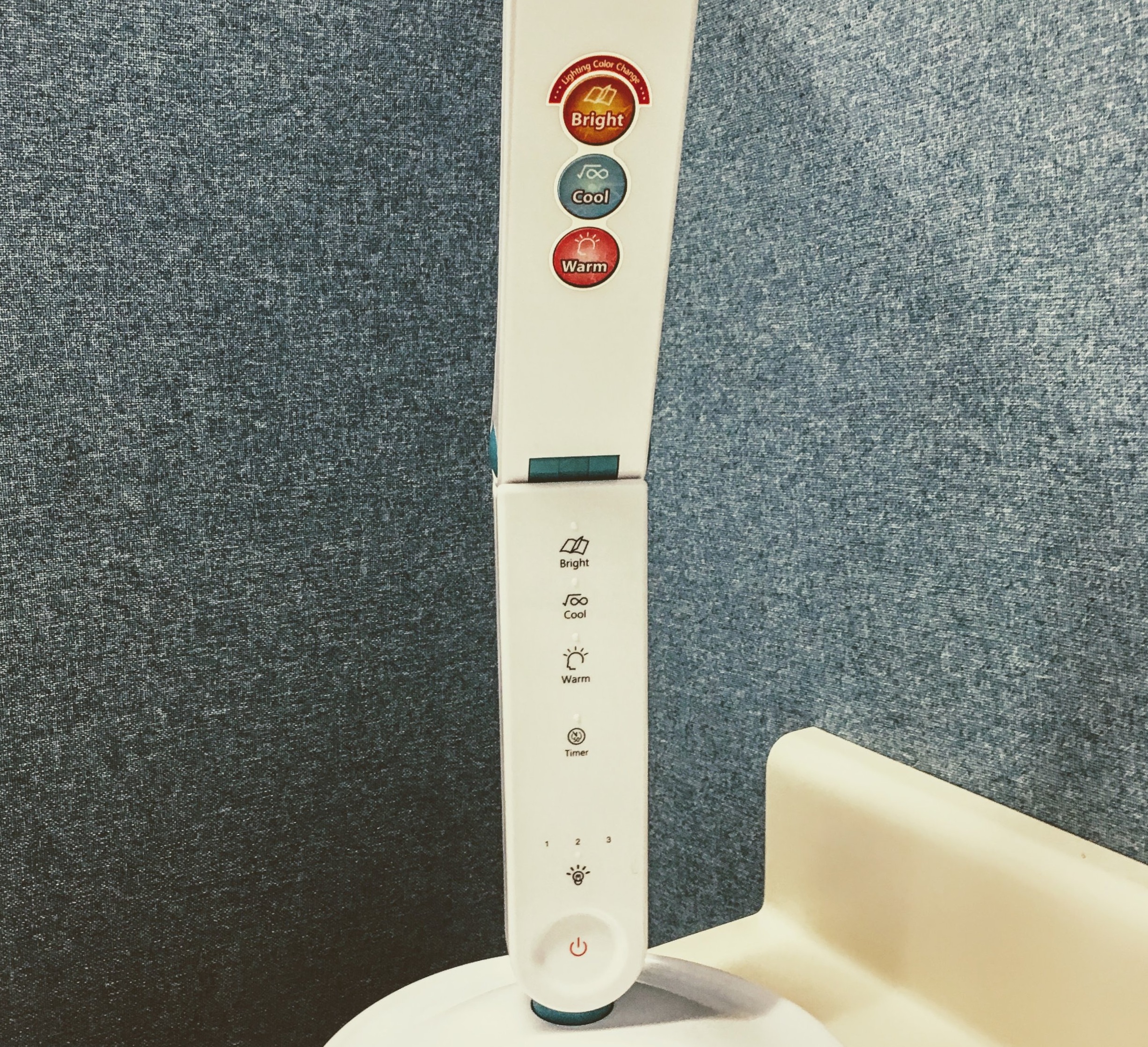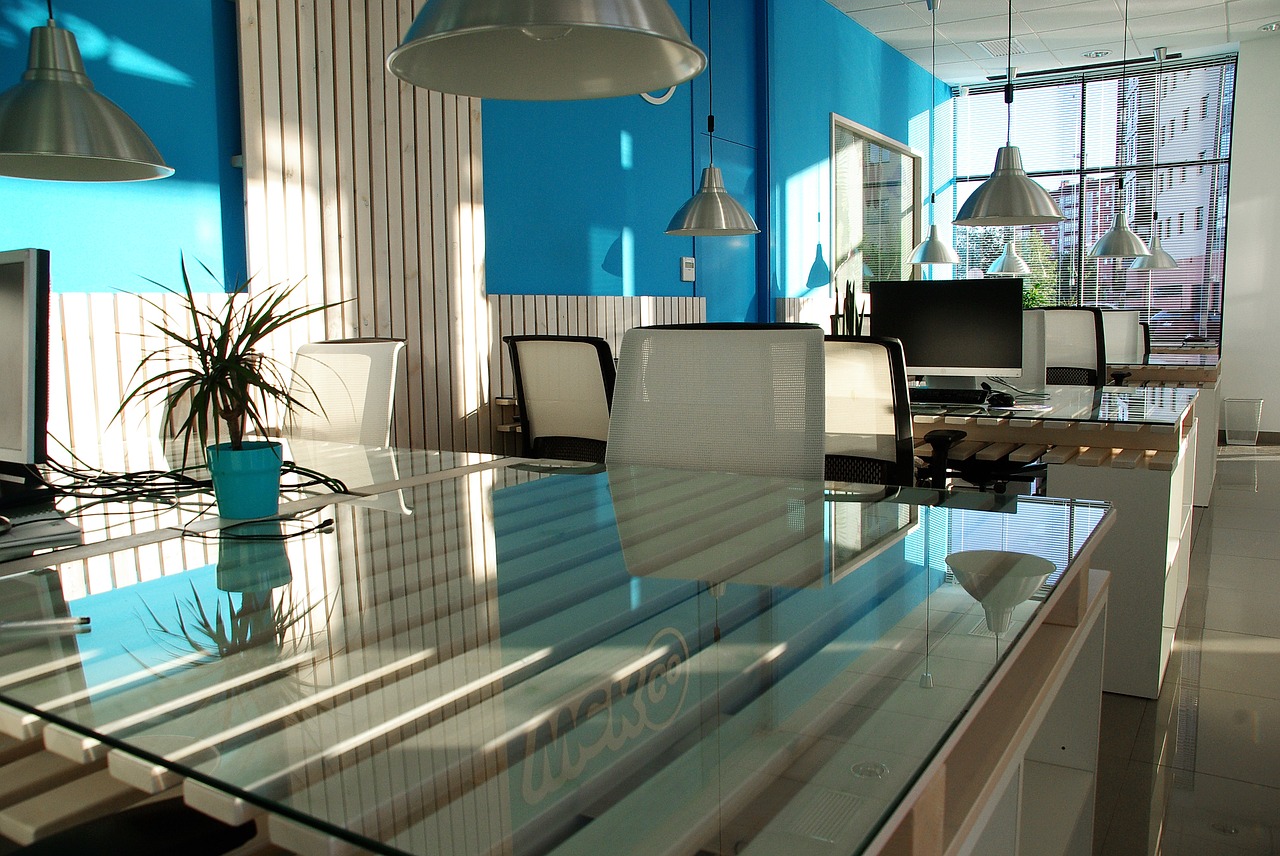Larry Bloomfield: It looks to me you are in a facet of lighting that affects humanity and how it plays on our psyche. You’ve got some interesting information to share with us, please tell us a little bit about yourself and then we will get into the lighting:
Suzanne Cavanagh: I own a commercial lighting company, my husband and I purchased it in 2008, and at that time I knew nothing about lighting. Since then I have become a Certified Lighting Specialist. I am also Aging in Place Certified through the USC School of Gerontology. I have become fascinated with how light affects our lives and our wellbeing. The first thing I generally ask when I do a lighting presentation is for people to consider, “Do you feel better on a bright, sunny, blue-sky day, or on a gray, cloudy day? I have only had one person say they preferred the gray cloudy day, and with that people understand the energy that light gives. Light has become very fascinating to me. I have been able to use what I’ve learned to tie into many of the experiences I’ve had in my life, that I began to make sense of and hopefully impact other people.
Some of the experiences you have had in your life have led you down this path, can you explain a little bit about that to our listeners, so that they can get an idea of what has drawn you down this field?
In the year 2000, my grandmother and father-in-law both passed away from Alzheimer’s Disease within six weeks of each other. Several years later, I became a hospice volunteer and visited many patients in care communities. I had a number of patients that I visited that were at the end of life with dementia in one form or another. I also had a patient I visited for 8 months who was in her 90’s and on hospice with the diagnosis of “failure to thrive”, she had a huge impact on me. At the same time, my husband and I purchased our company and I attended a national lighting conference where I took a workshop on lighting and health care. There they were talking about a new lighting that had been installed in a neo-natal intensive care unit. It was a dome placed over the bassinets the babies were in. When the lighting was changed to reflect the changing lighting in nature, they realized that these babies were not experiencing “failure to thrive”, as would be expected. These experiences were all tucked away in my memory, and in 2014 a business coach asked me what would make the next year spectacular. I didn’t know and spent quite a bit of time pondering this. I realized I needed to discover my passion and what it was that I was supposed to be doing at this point in my life. I had raised my children and I needed a focus. All these experiences came to mind and I started wondering if the lighting that had made a difference for those fragile newborns could have made a difference for my patient in her nineties with “failure to thrive” diagnosis. Then I started wondering if what I was learning about lighting could have made a difference for my grandmother and father-in-law as they lived with dementia. Next, I took it a step further and wondered whether it could make a difference for my own health and well-being as well as for your health and well-being. I realized that within the lighting world there was all of this amazing research being done, and yet the information wasn’t getting to where this was available to impact our lives. At that point I recognized that this was truly my passion.
I had suspected that finding my passion would draw me away from the lighting industry, little did I know that it would draw me further into it. I became immersed and captivated and fell in love with the science of it and how it could impact our health, well-being, and sleep. I also saw that light can have a positive impact on those who are living with dementia. For the last couple of years, I have been the co-chair of the Walk to End Alzheimer’s, and that has also been an interesting way to tie so many things together.
I find it interesting how these little bits of information will add up in our lives. Then one day you become a lighting enthusiast, expert, it is just crazy. It is really wonderful to see that happen. How have you been able to implement some of this? Have you seen any benefits of this in anyway?
I have worked with a local memory care community for about two years to implement Human Centric or also known as circadian lighting. As of this fall it has been implemented in five of their houses. We installed a special product from a company based in Florida along the Space Coast, that was designed with NASA to help the astronauts with their circadian rhythm and sleep cycles while in space. The same type of lighting we installed in the memory care community will change in color and intensity throughout the day. Between 10:00am and 2:00pm the lights emit a high blue intensity light, much like we would have outside on a bight sunny day. At about 5:00pm it becomes a warmer, more yellow light, that is depleted of blue light, which signals our bodies to begin to produce melatonin so we can sleep. We begin producing melatonin a couple of hours before we go to bed. We don’t want exposure to blue light in the evening because any blue light will suppress melatonin. What they have found is that any blue light exposure such as that from our cell phones, LED TV’s, computers and Kindles even many of our LED lights interferes with melatonin production, delaying deep sleep by over 90 minutes. For those living with dementia some of the greatest issues are issues with sleep, sundowning, caloric intake, and agitation. Lighting can help address these issues and studies have shown this lighting intervention to be effective up to 85% of the time. This can also lead to a reduced need for anti-psychotic medication as well as sleep medication. When we think about our own life experience, how we feel if we are inside all day long, day after day. Studies have shown that once someone moves into a community especially if they have mobility issues, they are lucky to get 10 minutes of natural daylight a day. When we are inside, we are not getting these amazing light ques for the suppression or production of melatonin. How tired and cranky would we be? Now, think of those living with major things going on in their brains, we are compounding that by not having them getting this amazing, stimulating light. After installation of the Human Centric lighting system, the care community has been very happy with the results, it is not just for the benefit of the residents, it is also beneficial for the staff that is working under the lighting as well.
What are some other benefits of humancentric lighting, and what do people need to know about it?
The lighting is more than just setting the “mood”, it is for the regulation of all of our hormones. In 2002, intrinsically photosensitive retinal-ganglion cells were discovered in the retina. These cells are light sensitive and cause messages to be sent outside the optic system, down the spinal column, and into the pineal gland which regulates our circadian rhythm. This in turn regulates our body temperature, heart rate, and hormones. So, not only the mood, but literally all functions of the body are ultimately regulated by the correct balance of light exposure and darkness. In our modern society, we can be surrounded by light 24 hours a day, and this can lead to real problems for our health. When we consider that up until about 135 years ago our ancestors lived 90% of their days outdoors, with constantly changing dynamic light. If they did have light at night, it was from a candle or campfire, which are both very warm light that doesn’t emit any blue light. When I ask people today how much time they spend outside, virtually no one is spending 90% of their day outside in fact we are very lucky to get to spend 10% of our day outside. Studies are now proving that many of the health maladies that affect us really can be attributed to this loss of natural, dynamic light.
Now at this point what is your plan to move this forward?
That is an excellent question. My passion is to improve the lives of those living with dementia. I do a lot of work in the Senior World, and I would love to be able to get these lights into more care communities that deal with the issues facing the residents.
This light is showing to be beneficial for us wherever we are spending our day. Studies are now showing that exposure to blue light in classrooms helps kids learn better and retain more information, especially with high-acuity tasks like reading and math. A recent study showed that exposure to blue light in the classroom created a 35% increase in the amount of information retained by students by the end of the school year.
My lighting business is working with commercial customers, within the workplace the number one thing that employees wish they had was more access to natural light or improved electrical lighting. Human Centric lighting has been shown to reduce headaches and sick days, increase productivity, a reduction of errors as well as improving employee satisfaction and happier employees. When Human Centric lighting was installed in a supermarket in the Netherlands, shoppers purchased 25% more groceries and spent more time in the store.
I believe that as we understand more about the ramifications of being under static light, the next ten to fifteen years will show a great increase in installations of Human Centric lighting. I already feel that it should be anywhere and everywhere that people spend their days
I am right now sitting under a skylight in my office and it is wonderful until a cloud comes over.
It’s funny that you should mention a skylight. When I did the Human Centric lighting installation in the memory care facility, I worked with a lighting manufacturer for about a year to create the product we needed, they took it through extensive testing, UL rating and manufacturing. They created a flat panel that when installed in these houses looks like the skylights that they already had. When we completed the first installation and we moved the residents into the area with the new lighting three of the residents immediately said that they felt like they were outside. They had no recognition that we had just changed their lighting, to me they were saying that they felt good! On a bright sunny day, we feel good and they were using the words that they had to express this, it was emotional for me to hear them say this and it made the 2 years of work all worth it!
An important note to end this with is, that the light that we have inside needs to mirror what is happening outside. It is critically important that in the evening and at night we don’t have exposure to blue light. As blue light will suppress melatonin, it is that suppression during the day that makes us feel good. We also need to be conscious of the light we have in our home. As we move into the world of LED’s, it is important to understand that the majority of LED lightbulbs emit blue light. The warmer toned LEDs are coated with yellow to create a cozier tone, but some blue light still comes through. We need to be aware that all of our electronics, our LED backlit TV’s, cell phones, computers, alarm clocks, and nightlights contain blue light. I personally to wear blue-blocking glasses beginning about 8:00 p.m. until the last light is turned off. The yellow lenses in the glasses block out the blue light and help the body to begin producing melatonin, which in turn helps us to get a better night’s sleep.
I have about another minute, is there anything else you would like to tell our audience?
The main point I like to end with is to encourage people to get outside. Especially between 10 and 2 when even if it is cloudy out you will still get some of this amazing, dynamic blue light. Take a walk, a coffee break or eat your lunch outside. Get outside!
My website with research and information with an article on the first page about sleep and tips is: www.lumenelement.com (lumen is Latin for light and element that which is essential)
Thank you, Suzanne Cavanagh for your information that will hopefully improve all of our lives.





























